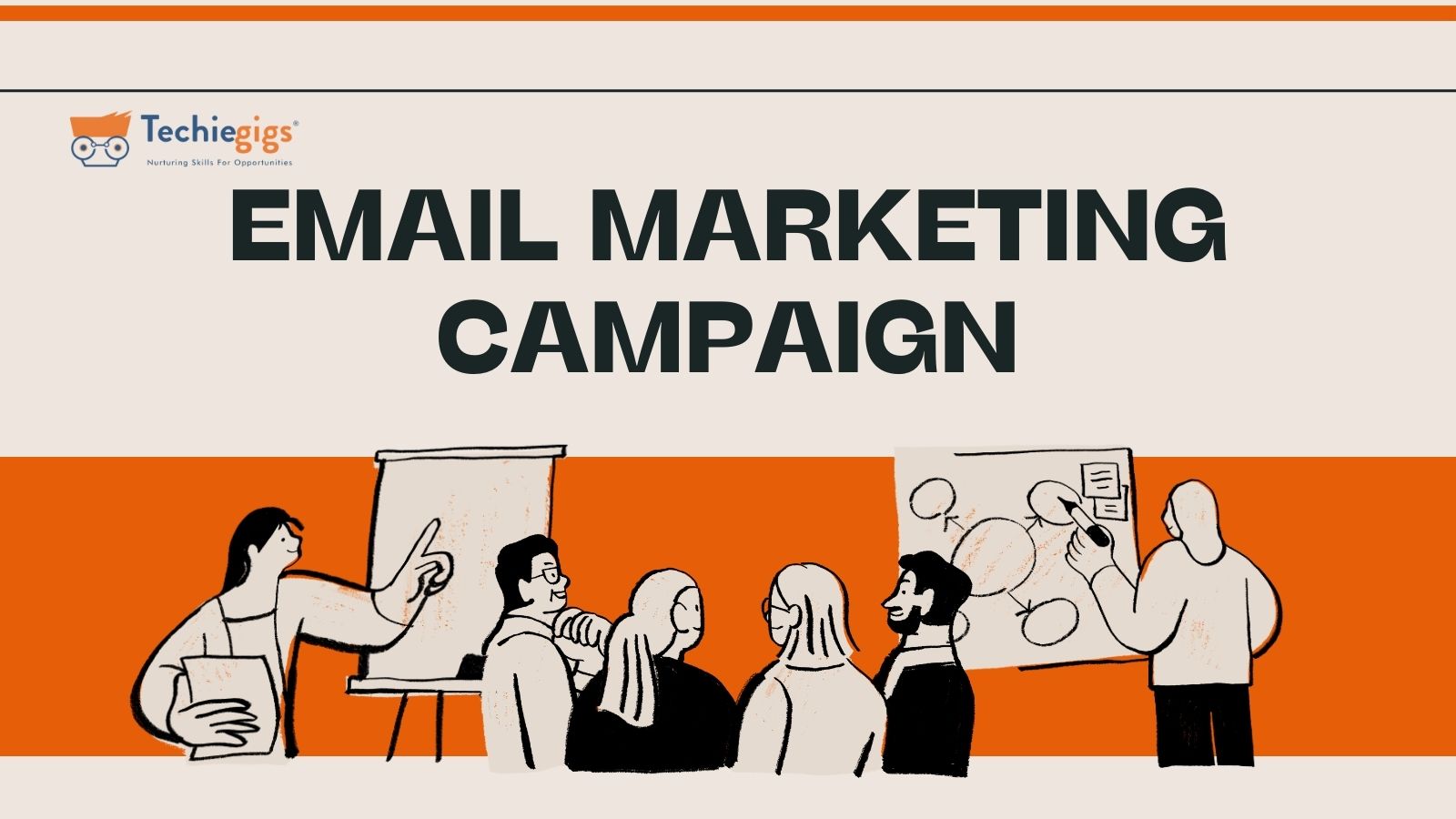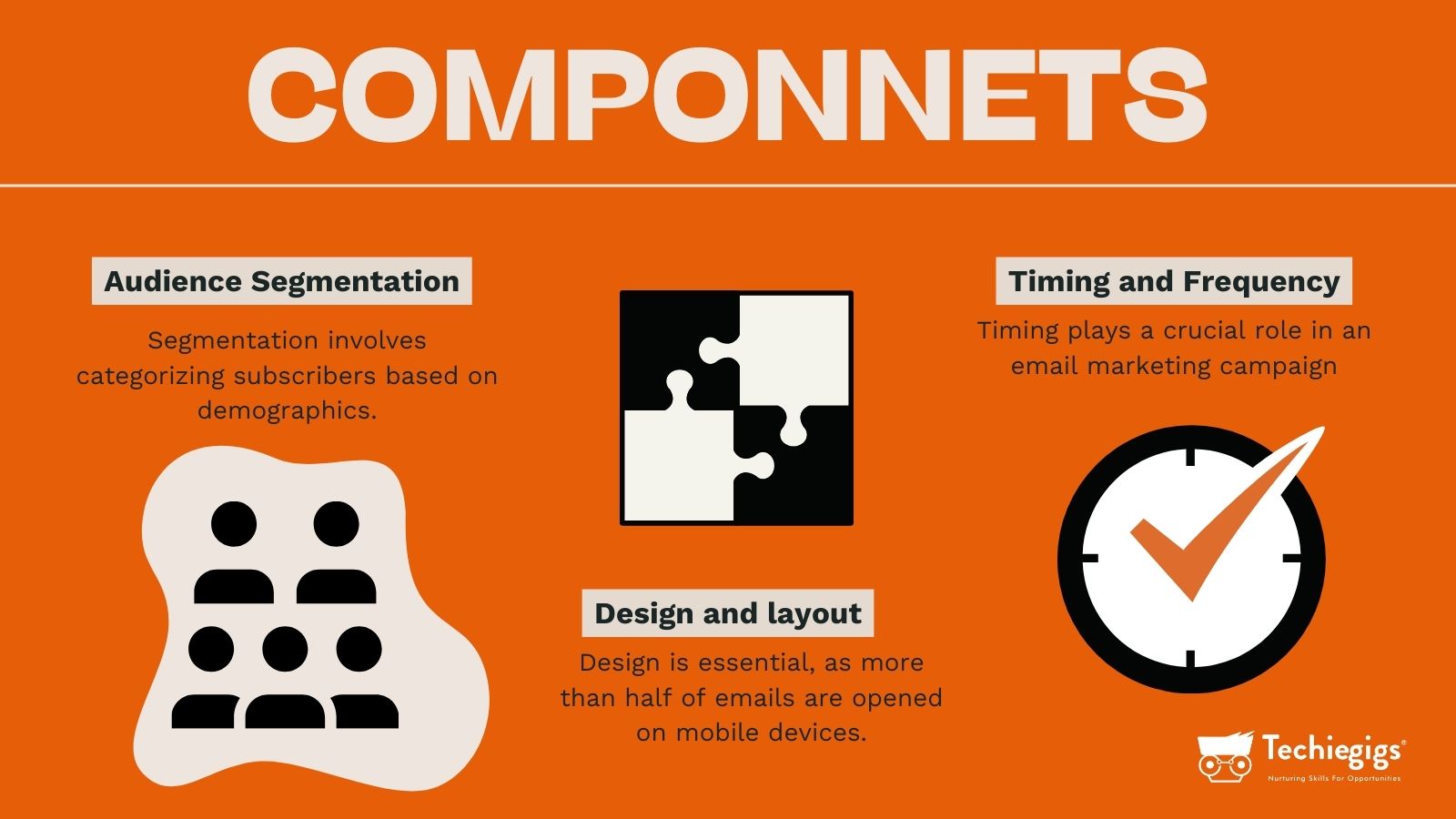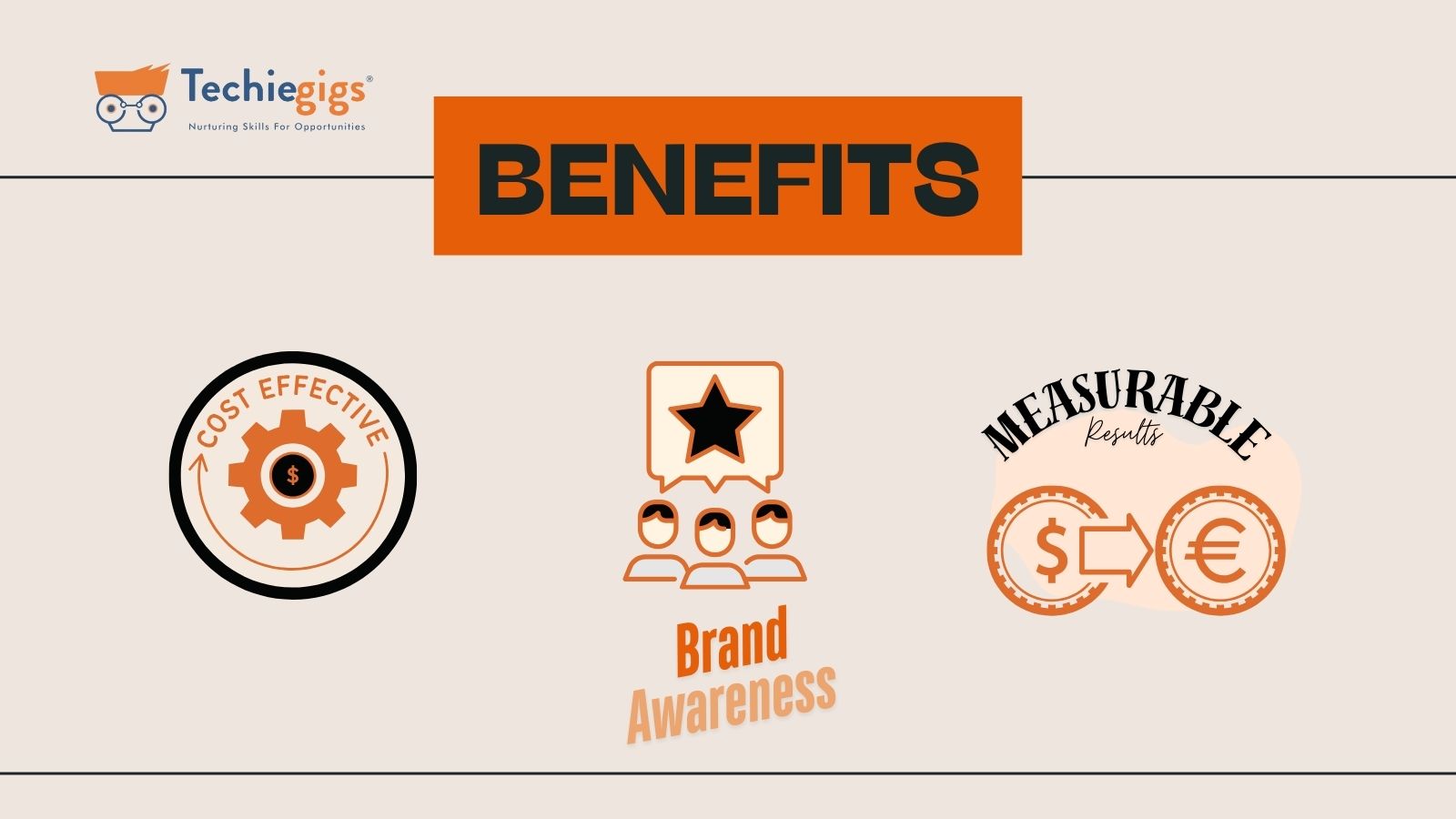A well-planned email marketing campaign can nurture leads, increase customer retention, and drive conversions. Companies that leverage data-driven strategies and automation tools can enhance customer engagement and build long-term relationships.
This blog will explore the essential elements of an effective email marketing campaign, highlight best practices, and present a case study on Amazon’s success in using email marketing to boost sales and customer engagement.
Table of Content:
- What are Email Marketing Campaigns?
- Examples of successful Email Marketing Campaigns
- Key Components of a Successful Email Marketing Campaign
- Benefits of Email Marketing Campaigns
- Case Study: Amazon’s Email Marketing Campaign Success
What are Email Marketing Campaigns?

An email marketing campaign is a series of strategically planned emails sent to a specific audience to achieve a defined business goal. Whether promoting a product, sharing valuable content, or nurturing customer relationships, a campaign serves as a direct communication channel between businesses and their audience.
Examples of Successful Email Marketing Campaigns
1. Dropbox – Re-engagement Emails
Dropbox used a simple yet effective re-engagement email campaign to bring back inactive users. With minimal copy, a clean design, and a strong CTA, they successfully reminded users of their stored files and encouraged them to log back in.
2. BuzzFeed – Content-Based Emails
BuzzFeed leverages engaging and shareable content to keep their audience entertained. Their emails are tailored based on user preferences, ensuring recipients receive articles and quizzes that match their interests.
3. Uber – Transactional Emails
Uber sends automated emails with trip summaries, payment receipts, and promotional offers based on user behavior. These transactional emails enhance the customer experience while subtly encouraging users to ride more often.
4. Amazon – Personalized Product Recommendations
Amazon excels in personalized email marketing by recommending products based on past purchases and browsing history. Their algorithm-driven emails increase customer retention and drive sales.
5. Nike – Limited-Time Offers
Nike uses urgency-driven email marketing campaigns featuring limited-time offers and exclusive member deals. Their visually appealing emails and strong CTAs create a sense of urgency, prompting immediate action.
Key Components of a Successful Email Marketing Campaign
1. Audience Segmentation
Segmentation involves categorizing subscribers based on demographics, purchase history, engagement level, and interests. This ensures that each recipient receives content relevant to their needs, boosting engagement and conversion rates.
2. Compelling Content Creation
An email campaign thrives on engaging content. The subject line should be attention-grabbing, while the body must deliver value, whether through informative articles, exclusive discounts, or personalized recommendations.

3. Design and Layout
A mobile-friendly design is essential, as more than half of emails are opened on mobile devices. A clean layout, with well-placed images and concise copy, enhances readability and user experience.
4. Call-to-Action (CTA)
A compelling CTA directs recipients toward the desired action, whether purchasing a product, signing up for a webinar, or reading a blog post. Strong, action-oriented language increases click-through rates.
5. Timing and Frequency
Timing plays a crucial role in an campaign. Studies show that emails sent on Tuesday and Thursday mornings often perform best. However, A/B testing different send times helps determine the most effective timing for your audience.
Benefits of Email Marketing Campaigns
A well-executed email marketing campaign offers several advantages:
- Cost-Effective: Compared to traditional advertising, email marketing is significantly more affordable. Businesses can reach thousands of customers at a fraction of the cost of other marketing channels.
- Highly Targeted: Enables businesses to segment their audience and send personalized messages. By tailoring content based on user behavior, demographics, and preferences, companies can improve engagement and conversion rates.
- Increases Brand Awareness: Regular emails keep brands top-of-mind for customers. This consistency fosters brand recognition and establishes trust, leading to increased customer loyalty over time.

- Drives Conversions: With a strong call-to-action, email marketing can generate high conversion rates. Studies show that personalized and well-timed emails have a significant impact on purchasing decisions.
- Measurable Results: Email analytics provide insights into open rates, click-through rates, and engagement. Businesses can track performance in real-time and adjust their strategies for optimal effectiveness.
- Automated and Scalable: With automation tools, businesses can send timely, relevant emails at scale without requiring manual intervention, making email marketing highly efficient.
Case Study: Amazon’s Email Marketing Campaign Success
Background
Amazon, the global e-commerce giant, is known for its data-driven marketing strategies. Email marketing plays a significant role in Amazon’s ability to engage customers, drive sales, and enhance customer retention. By leveraging personalized email campaigns, Amazon has successfully maximized customer engagement and revenue.
Challenge
Despite its dominance in the online retail market, Amazon needed a way to ensure customers returned for repeat purchases. With millions of users browsing daily, the company faced the challenge of converting casual visitors into loyal customers and re-engaging inactive users.
Strategy Implemented
To tackle this challenge, Amazon implemented a highly personalized and automated campaign:
1. Behavioral-Triggered Emails – Amazon tracks user activity, such as searches, wishlist additions, and cart abandonment, to send timely follow-up emails encouraging purchases.
2. Personalized Product Recommendations – Using AI-powered analytics, Amazon suggests products based on customers’ previous purchases and browsing history.
3. Abandoned Cart Recovery Emails – If a user adds items to their cart but doesn’t complete the purchase, Amazon sends reminder emails with incentives like discounts or free shipping.
4. Limited-Time Offer Emails – To create urgency, Amazon regularly sends emails featuring flash sales and exclusive discounts to encourage immediate action.
5. Post-Purchase Emails – Amazon enhances customer experience by sending order confirmation, delivery updates, and related product suggestions.
Results
Amazon’s email marketing strategy led to:
- A 35% increase in customer retention.
- A 25% higher conversion rate from abandoned cart emails.
- A significant boost in cross-selling and upselling, with personalized recommendations driving more repeat purchases.
Key Takeaways:
- Personalization Drives Conversions: Leveraging AI-driven insights allows Amazon to send hyper-relevant product recommendations, increasing sales.
- Cart Abandonment Reminders Work: Sending targeted follow-ups helps recover lost sales and re-engage hesitant buyers.
- Incentives Create Urgency: Flash sales and exclusive discounts drive immediate customer action.
Amazon’s success demonstrates the power of a well-executed email marketing campaign, proving that personalization, automation, and strategic follow-ups can drive engagement and revenue growth.
Conclusion
A successful email marketing campaign requires strategic planning, engaging content, and continuous optimization. By implementing best practices, avoiding common pitfalls, and leveraging personalization, businesses can drive higher engagement and conversions. Learning from real-world success stories, like Airbnb’s case study, provides valuable insights for improving your own campaigns.
